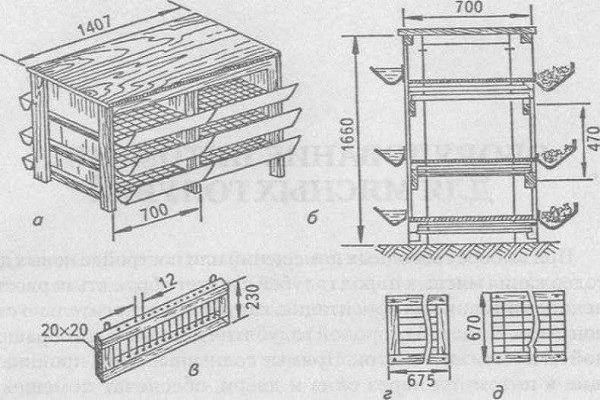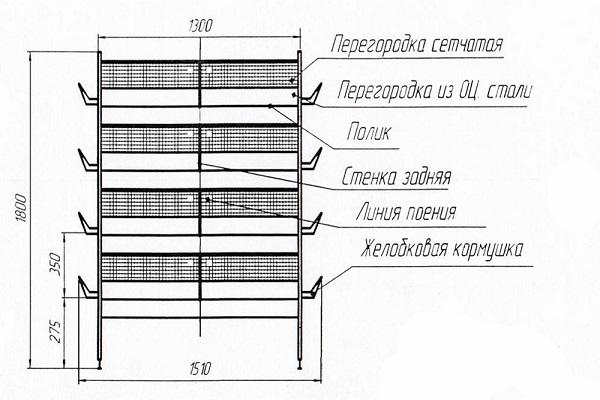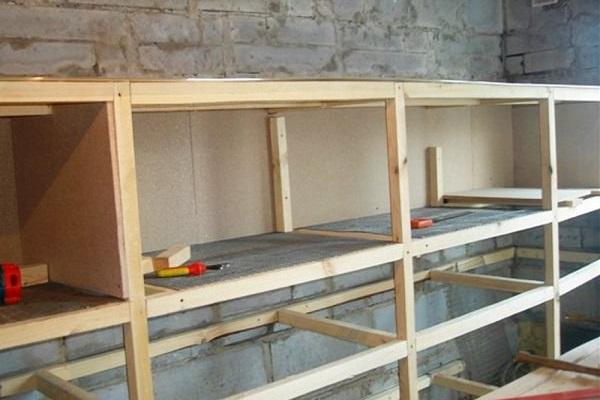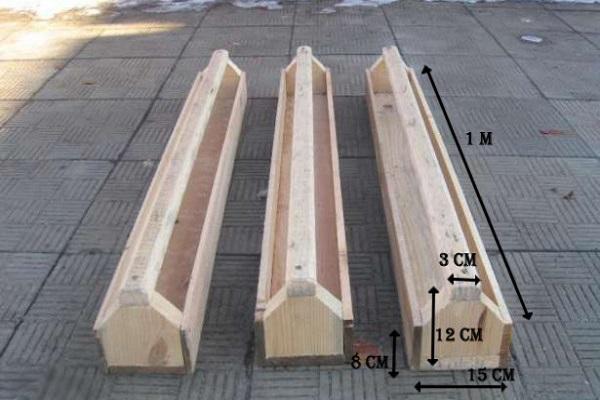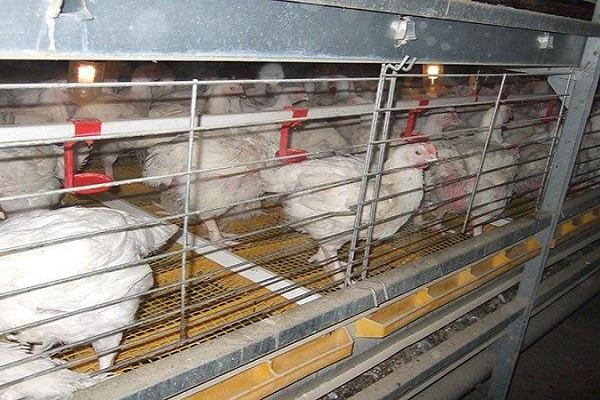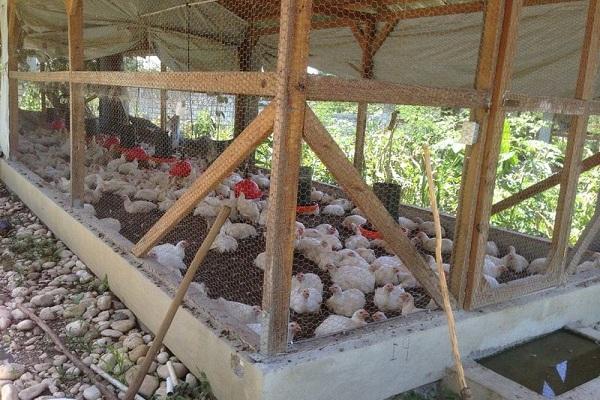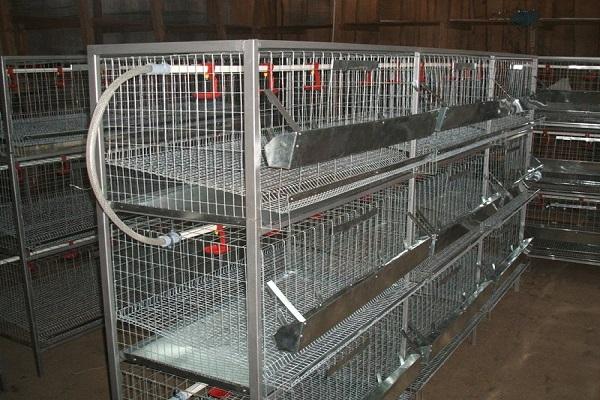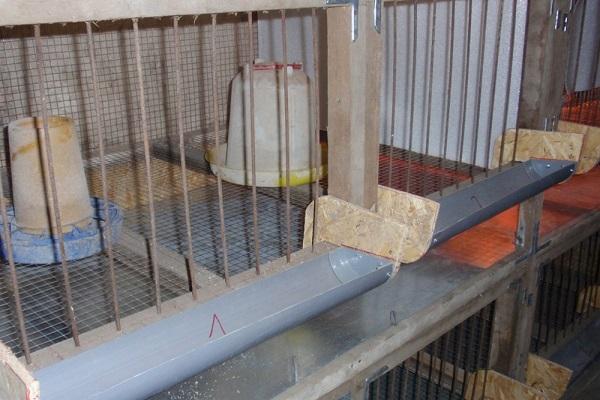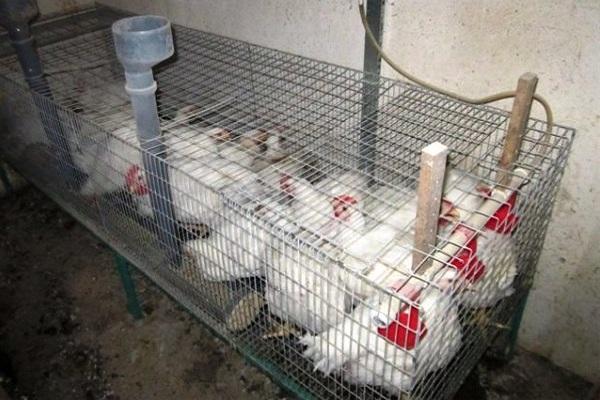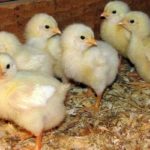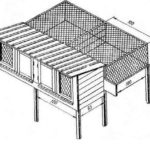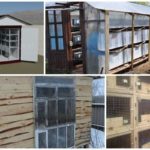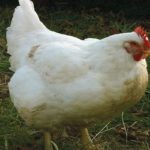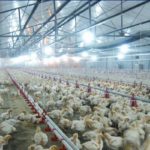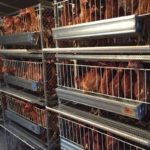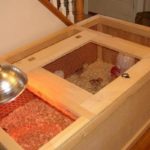Cages for raising broilers can be purchased from livestock stores or made independently. Construction does not require special skills or a lot of time. The main thing is to acquire the necessary material.
- Features of keeping broilers in cages
- Design specifics
- Drawings of successful options
- Materials and tools
- Requirements for enclosures
- Cage room
- Lighting, temperature and humidity
- Broiler cage sizes
- Making your own cells
- What are they equipped with?
- Bedding and protection from rodents
- Installation of drinkers and feeders
- Zootechnical standards
- Common mistakes
Features of keeping broilers in cages
Keeping broilers in cages has its advantages.These include:
- Reducing the risk of disease in chickens.
- Convenient waste disposal option.
- Convenient placement of chickens indoors.
- It is possible to place it outside in warm weather.
- There are places for drinking bowls and feeding troughs.
- Allows you to monitor the health of chicks and adults and promptly cull sick ones.
- Possible daily allowance.
Design specifics
Cages for broilers can be purchased at livestock stores or made independently. Young chickens are kept in cages; such a structure must be equipped with everything necessary for the growth and development of the bird. Design features include:
- there is a feeder for chicks;
- a safe tray is provided for waste disposal;
- contact of chicken with other animals and birds is limited, preventing infection with diseases;
- takes up little space;
- There is a separate drinking bowl with water.
Drawings of successful options
For chickens, homemade enclosures are made in the form of a battery or an ordinary common cage. To make a battery cage, follow these instructions:
- For the frame, 6 pieces of material 170 cm long are cut out. Metal or wood is used.
- The three parts are placed opposite each other, fastened with perpendicular slats using self-tapping screws or nails.
- Next, the resulting frame is covered with metal lattice or plywood. You can sew up 2 sides with plywood and 2 with mesh.
- The side walls are made with mesh to ensure good aeration. Feeders and drinking bowls are also installed in this place.
- A door is made in the front of the mesh through which new individuals are introduced.
- A fine metal mesh is installed for the floor. It should be so shallow that the chickens’ feet do not fall through.
- Fastening is done using self-tapping screws or nails.
- A plastic tray is attached to the bottom of each floor so that it can be removed. It is designed to remove waste.
- Feeders and drinkers are attached to the outer wall.
- The roof is made of plywood or metal. In hot weather, the metal gets hot, so it is recommended to use plywood.
Important! The holes in the outer wall should be large so that the head and neck of the chicken can easily reach food and water..
Materials and tools
Making an enclosure requires the use of certain materials and tools. The following are used:
- metal welded mesh;
- plywood;
- metal profile of medium thickness;
- fastenings;
- drinking bowls;
- feeders;
- bars
The tools you will need are a hammer, a screwdriver, and a saw.
The materials are used as follows:
- A metal frame is made from metal beams, and the sides are secured by welding.
- Support beams are installed from wooden blocks between metal sticks; 4 pieces are used per tier.
- The walls are mounted from metal or plastic lattice.
- The roof is retractable to make it easier to plant new individuals and remove old ones.
- Drinkers and feeders are installed inside the cage.
Requirements for enclosures
The requirement for enclosures includes the choice of room for keeping chickens, lighting, air temperature, humidity, and size of the structure.
Cage room
Enclosures can be placed indoors or outdoors. To do this, observe temperature standards. Indoors, 25-26 °C is considered optimal. To place it outdoors, wheels are additionally screwed onto the structure to take the chickens out into the fresh air. Monitor the outside temperature and weather conditions.
Lighting, temperature and humidity
In the warm season, the room with broilers does not need heating.However, when raising chickens in winter, it is necessary to create optimal conditions for keeping chicks. The chicken will not survive frosts and even small frosts. To maintain the required temperature, use the following equipment:
- infrared lamps;
- electric lamps;
- stove heating.
Infrared lamps are placed above the aviary itself; they cannot be placed inside, as this will kill the birds. Lighting is provided around the clock.
Electric heating will require a lot of finance. The equipment itself costs a lot of money, as does the electricity itself. Also, power plants periodically experience failures, during which it is necessary to take measures to insulate the shed.
Stove heating is suitable for those who can constantly control the heat level in the barn. They are equipped with bourgeois stoves, which are constantly supplied with firewood.
The humidity in the room should be high so that the chickens do not feel thirsty; the optimal value is 80-90%.
Broiler cage sizes
The standard cage size for chickens is 2 meters long and 1.25 meters wide. A gap of 75 to 100 cm is maintained between the tiers. The number of individuals placed depends on their age. The younger the chickens, the more of them are placed. One standard enclosure can accommodate 20 chickens.
Making your own cells
You can make a chicken cage at home. This does not require a lot of time or special skills. It is necessary to prepare the required material and tools. Manufacturing is carried out in several stages:
- Preparing the metal frame.
- Driving in wooden beams to secure the pallet.
- Screwing a metal or plastic mesh to the walls.
- Manufacturing of a wooden folding roof.
- Attaching a fine mesh structure to the floor.
- Screwing a plastic tray with a sliding mechanism under the floor.
- Installation of a feeder and drinking bowl.
What are they equipped with?
Batteries for growing are equipped with bedding and protection from rodents, and a drinking bowl and feeder are installed.
Bedding and protection from rodents
Leaving a metal floor with a fine mesh is not very suitable for chickens. Therefore, it is recommended to create a soft bedding for them below, for example, cover it with straw. To protect against rodents, screw a plastic tray under the floor.
Installation of drinkers and feeders
Drinkers and feeders are installed both inside and outside. If they are installed outside, then it is necessary to provide holes for the neck and head of the broiler. This allows you to monitor the feed and water consumed by the birds. For this diet, the owner needs to be nearby all the time or frequently visit the enclosure.
Installation of structures inside the cage provides for automatic supply of water and food. This option is great for people who can't visit the barn too often.
Zootechnical standards
To successfully raise broilers, it is necessary to comply with zootechnical standards for their maintenance. These include:
- The optimal air temperature is 25-26 °C.
- Room humidity is 80-90%.
- Illumination - at least 8-10 hours of artificial or natural light per day.
- The water is changed every day.
- For feeding, specialized formulations for broilers are used.
Common mistakes
When making an enclosure, several mistakes are made:
- Rodent protection is required. The first tier is installed 20 cm from the ground and a plastic tray is screwed on.If this is not done, then some of the chickens will die from attack by pests.
Using inappropriate material for the walls of enclosures. The walls and pallets must be moisture resistant; if you use PVC or chipboard, then over time they will swell and fall apart.

